Ways in which Germany could have been victorious in WW2 are still a popular topic of discussion in some circles. One can often hear the claim that the war on the Eastern Front would have ended in 1941 with the fall of Moscow if not for the timely appearance of Lend Lease tanks, issued to the USSR free of charge. As common as this argument is, it has little basis in the truth. Let us see which Western tanks were the first appear in the USSR, and what effect these vehicles had on the course of the war.
Before Lend Lease
For starters, let us clarify what Lend Lease actually was and what it had to do with military assistance to the USSR. The Act to Promote the Defense of the United States was signed into law by the 77th Congress of the United States on March 11th, 1941. It gave the president of the still neutral country the ability to supply weapons, transport, tools, raw materials, agricultural or industrial machinery to any nation whose protection was considered vital to the defense of the United States. The term “lend lease” was derived from the ability to “sell, transfer title to, exchange, lease, lend, or otherwise dispose of” any of the aforementioned items to these nations granted by this act. While the president of the United States had the power to give them away for free, that was far from his only option.
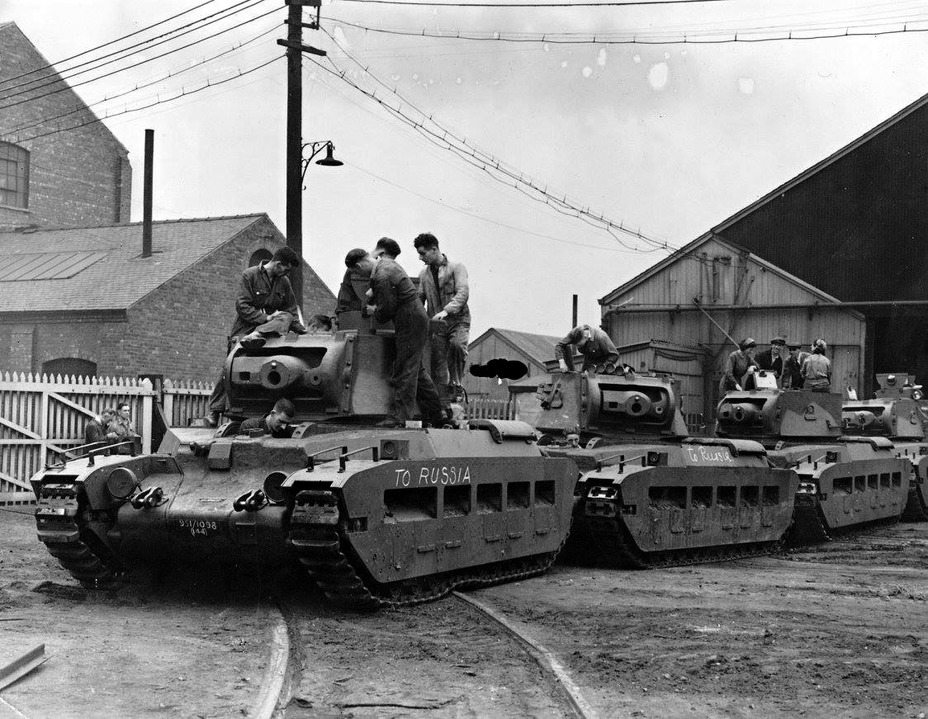
The act does not directly name any nations, leaving the specifics to the president’s discretion. This power came in handy, as no one could have guessed in March of 1941 that a considerable portion of American military aid would end up going to the USSR.
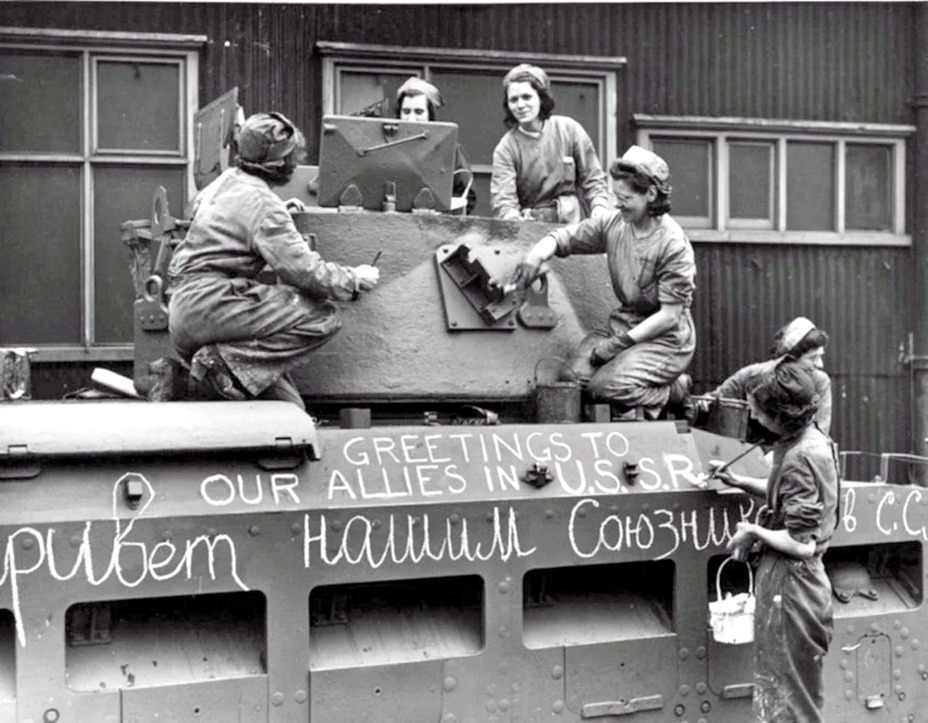
Military assistance to the Soviet Union began soon after the German invasion, but the first shipments were very small. Work to offer full scale assistance to the USSR began in August of 1941, culminating with the 1st Moscow Conference, otherwise known as the Three-Power Conference, on October 1st, 1941. The USSR, USA, and Great Britain agreed on mutual military aid and how it will be paid for. Until then, no one even considered giving or lending anything to the USSR for free. The first foreign tanks and airplanes to arrive in the USSR were paid for in gold. The Soviet government paid $41 million for American supplies by the end of October. British equipment also cost money, although the UK extended a credit of £10 million.
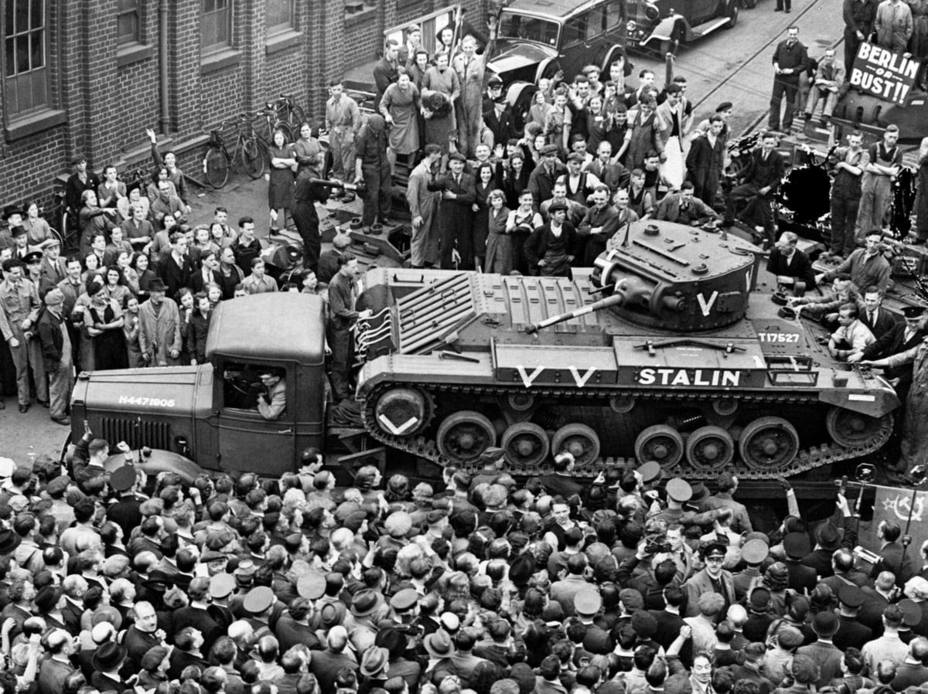
At the conference, the USSR asked for monthly shipments of 300 bombers, 100 fighters, 1100 tanks (medium and light), 300 AA guns, 300 anti-tank guns, 2000 anti-tank rifles, 2000 reconnaissance armoured cars, and 10,000 trucks. The British and American counter-offer was much smaller: 100 bombers and 300 fighters, 500 tanks (no more than half of which were light), and 200 anti-tank rifles. 152 AA guns, 1256 anti-tank guns, and 5000 cars were also promised before June of 1942.
This aid also did not come for free. The USSR would repay Great Britain with a large amount of raw materials. Most of the shipments were expected several months after the conclusion of the conference, but some items were required urgently: up to 1000 tons of pine tar, 10,000 tons of chrome ore, 1400 kg of platinum (with a note that 700 kg was to be sent immediately), as well as 250,000 rifles with 1000 rounds of ammunition for each.
As you can see, the topic of British and American assistance to the USSR is a complicated one, especially for the summer-fall of 1941. The mid and late war shipments took a lot of effort and negotiation to iron out, and the foreign tanks fighting for Moscow in the winter of 1941 did not get there free of charge.
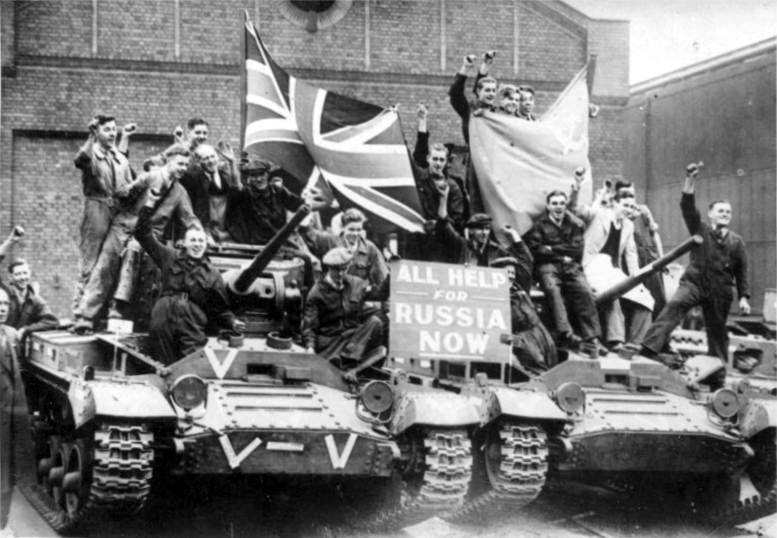
Talk of tank shipments began long before the Moscow Conference. The USSR received information on detailed characteristics of British tanks in September, including the Light Tanks Mk.VI and Mk.VII, Infantry Tank Mk.II, Mk.III, and Mk.IV, as well as the Cruiser Tanks Mk.I, Mk.II, and Mk.III. The Soviet tankers rejected the cruiser tanks outright. Even the most modern one was still worse than the Soviet BT-7 tank.The light tanks also looked hopelessly obsolete, although 20 Tetrarch tanks were purchased nevertheless. The infantry tanks looked more interesting, but the British refused to send their Churchill tanks, reasoning that if any of these tanks were captured in the east, it would give away the secrets of their latest tank to the Germans. Only the Matilda and Valentine remained.
The number of tanks allocated to Britain’s new ally was impressive: before November of 1941 the UK allocated 440 vehicles (20 Tetrarchs, 235 of its own Valentines and 15 tanks produced in Canada, and 170 Matildas). 187 tanks were allocated in November (30 Canadian and 75 British Valentines and 82 Matildas), and 250 in December (55 Canadian and 45 British Valentines, 150 Matildas). Overall, Britain committed to sending 877 tanks. This was much less than the 500 tanks per month that was promised, but the process was just getting started.
The 20 Tetrarchs arrived in the USSR in late December along the southern route and did not take part in the Battle of Moscow. The infantry tanks came much sooner. Convoy PQ-1 with the first 20 tanks left for Arkhangelsk on September 29th, and PQ-2 departed on October 13th. 49 Matildas and 84 Valentines had arrived in the USSR by October 30th, 1941, and by the end of the year there were 316 British tanks on hand: 145 Matildas and 216 Valentines.
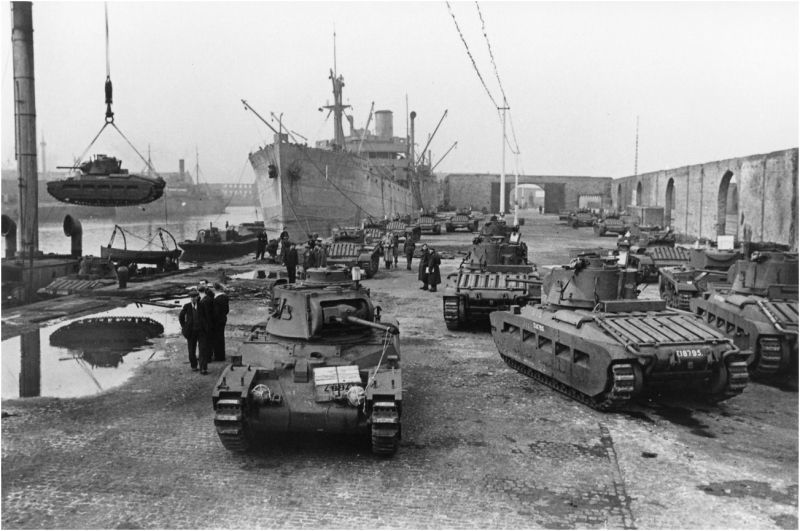
The tanks that arrived in Arkhangelsk were not issued immediately. The vehicles had to go through quality assurance (many of them were either damaged en route or shipped without a full set of tools and equipment), crews had to be trained, instruction manuals translated, etc. These procedures were necessary, but very difficult and time consuming. As a result, the first foreign tanks were only issued in late November-early December of 1941, only a tiny fraction out of more than 300 vehicles that had arrived. This handful of battalions and even companies was a drop in the ocean. There were too few of these tanks and they came too late to seriously influence the situation around Moscow. American tanks did not take part in this battle at all, as the first vehicles only arrived at the very end of 1941.
A drop at the crest of a wave
Lieutenant Colonel I.I. Sergeyev’s 146th Independent Tank Brigade was one of the first Soviet units to receive imported tanks. The brigade was formed in a hurry due to the difficult situation developing on the approaches to Moscow. The brigade’s 137th and 139th Tank Battalions were equipped with 21 Valentines and 10 T-60s each. The 138th Battalion did not receive its vehicles in time, and was therefore left behind in Moscow. The brigade received orders to set out towards Istra and join the forces of the Western Front at 4:00 am on November 20th. By the morning of November 21st the two combat ready battalions were already east of Istra, north and south of the Volokolamsk highway. The brigade spent all day searching for the 18th and 78th Rifle Divisions that they were supposed to support. The units were found by 10:00 pm. It turned out that they were in a very difficult position and the 78th Division was nearly surrounded. The timely arrival of one company of Valentine tanks (the brigade’s documents call them “Valentin”) from the 137th Battalion helped them escape encirclement. The tanks were used on the following day to deflect German attacks on Kommuna and Petrovo.
On November 23rd the Front commander gave an order to spread the tanks out along three anti-tank defensive lines (near Kommuna, Baraki, and Petrovskoye). Unfortunately, as it often happened in 1941, the commander of the 108th Rifle Division pulled three tanks out of the ambush at Petrovskoye to support his attack on Lukino. The attack was organized poorly and the infantry did not support their tanks. The Valentines returned to Petrovskoye, but the commander sent them out once again without ensuring proper support, as a result of which one tank was lost and another was damaged. The tanks showed themselves well when they were used en masse, especially from ambushes, but combined arms commanders had a tendency to split up their tank brigades into small groups. Other reassignments also hampered organization, for instance on November 22nd the 139th Tank Battalion was pulled out from the brigade for Rokossovsky’s personal use. Instead, the brigade received the bloodied 55th Tank Battalion. This unit was only equipped with Soviet tanks: T-34s and T-60s.
The 146th Tank Brigade had a high opinion of its Valentine tanks. The brigade commander reported that the T-34 and “M-3” (derived from the tank’s initial designation, Infantry Tank Mk.III) could drive through snow banks up to 1 meter deep, while the T-60 could not achieve such a feat. The Valentines were easy to drive, moved silently, and used little fuel. The tank was easy to start even in winter. The gun worked flawlessly and the tank’s armour offered reliable protection against German shells, although there were still weak spots. The tank’s drawbacks included low top speed, weak engine, short cruising range, low ammunition capacity without HE shells, and an unreliable machine gun.
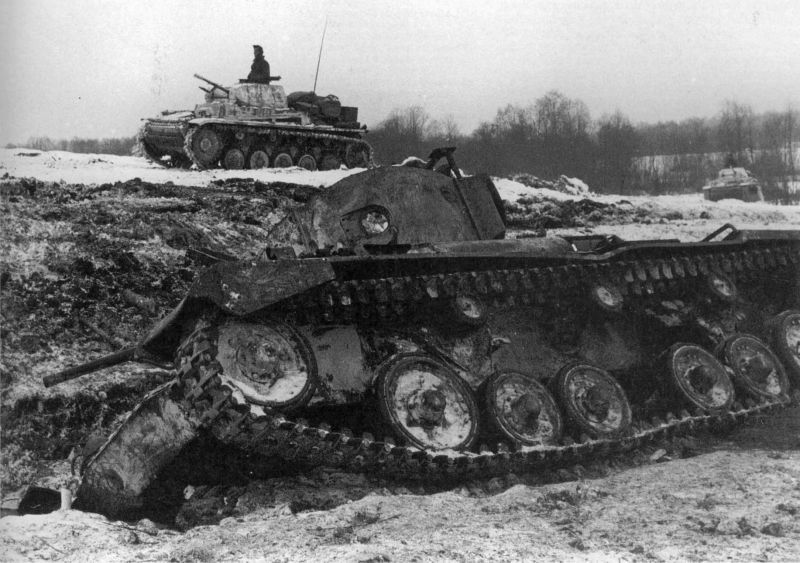
The 138th Tank Battalion did eventually receive its tanks: 15 Matildas, 6 Valentines, and 10 T-60s. The battalion was attached to the 7th Guards Rifle Division on November 26th, 1941. The division had just moved to its new positions, and so the tank battalion joined the 159th Guards Rifle Regiment and 219th Gun Artillery Regiment on the line of defense running through Bukharovo, Lozhki, and Zhukovo north-west of Zelenograd. The newly arrived tanks had to go into battle almost immediately, as the positions of the 159th Regiment came under attack by German infantry and tanks. The German attack was successfully deflected. On the following day, the rifle regiment and its tanks fought at Yesimovo, taking heavy losses defending against German counterattacks. The 159th Guards Rifle Regiment lost 202 men killed and 355 wounded here. Unfortunately, neither the regiment nor its division recorded any impressions of the foreign vehicles.
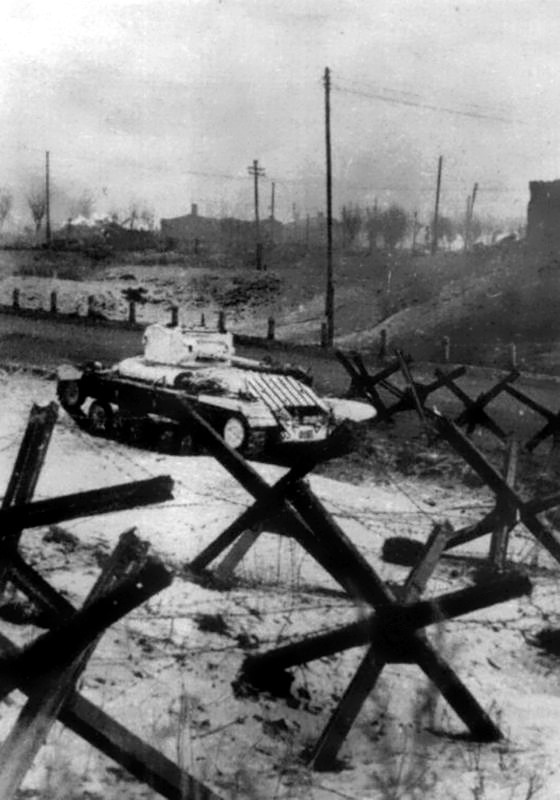
British tanks also fought in the 131st and 136th Independent Tank Battalions. On December 5th, the 131st Battalion had 5 KV tanks and 18 Valentines. The 131st Battalion was attached to the 112th Tank Division on December 18th, by which point only one KV and eight “English tanks” remained. The division was located around Dubna in Tula oblast at the time. Unfortunately, the author was unable to find any comments on the performance of these tanks left by the division.
The 136th Independent Tank Battalion turned out to be quite heterogeneous. It was formed with 10 T-34 tanks, 10 T-60s, 9 Valentines, and 3 Matildas. The 136th Battalion was attached to the 5th Tank Brigade on December 4th, by which point all the Valentines had broken down. The 5th Tank Brigade was also quite diverse. In addition to the aforementioned British tanks, it had 6 KV tanks, 15 T-34s, 3 BT-7s, 2 T-60s, and one T-40.
It did not take too long for these tanks to see battle. The brigade received an order on the night of December 7th to defeat the enemy that had broken through the lines of the 222nd Rifle Division, after which it returned to its original positions. A lull in activity followed, but tanks were still lost for technical reasons. The first Matilda was left behind on December 11th, the other two on December 15th. The combination of inexperienced crews and unreliable tanks made miracles unlikely. A single Valentine tank pops in and out of the list of vehicles ready for duty, meaning that the reliability of the lighter British tank was not much better.
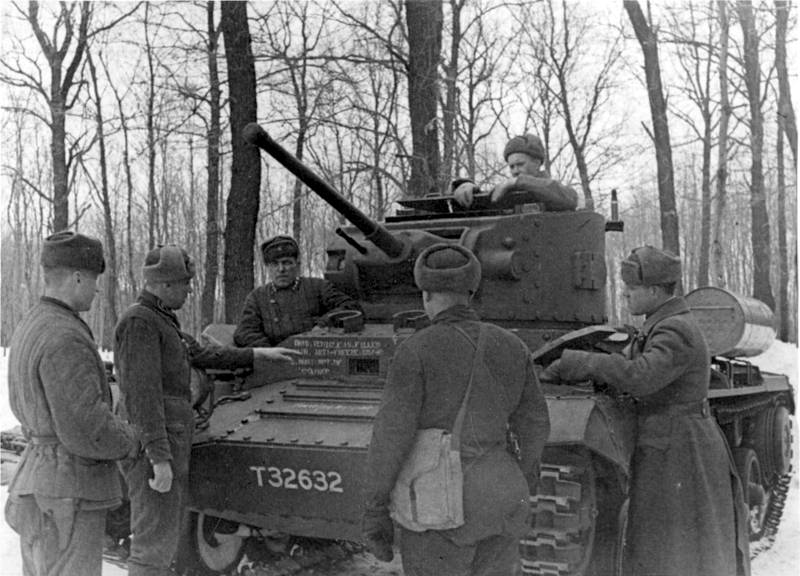
The Western Front’s tank battalions went through a rotation. The 136th Tank Brigade was attached to the 329th Rifle Division of the 5th Army in preparation of the upcoming counteroffensive. Matildas were not mentioned at all in the reports covering combat in November-December 1941, suggesting that they were never put back into service. The Valentine, however, was covered in detail. Reports of the 136th Tank Brigade praise its performance in snow, stating that not a single tank fell behind. According to the report, the T-34, KV, and “English MK-3” could drive through snow up to 80 cm deep, while 30-40 cm was the limit for other tanks (the T-30, T-40, and T-60).
The 2-pounder gun’s recoil system worked poorly for the first 5-6 shots in extreme cold. About 7% of the shots misfired due to poorly assembled ammunition. It took 30-35 kg of fuel per day to heat a Valentine tank in winter, which was more than the T-30 and T-40 (20-25 kg), but less than a T-60 (35-40 kg).
The reliability of the British tanks still left much to be desired. The 136th Independent Tank Battalion (rolled into the 20th Tank Brigade at this point) had only 2 Valentines and one T-60 running by the start of 1942. One Valentine was left behind for technical reasons on January 7th, the second on January 20th. Documents of the 20th Tank Brigade also shed some light on the performance of these tanks in winter. According to them, the Valentine and Matilda could only drive in snow 60-80 cm deep when following behind a T-34 tank. T-26 tanks could also drive in these conditions, while the T-30, T-40, and T-60 could not drive like this at all.
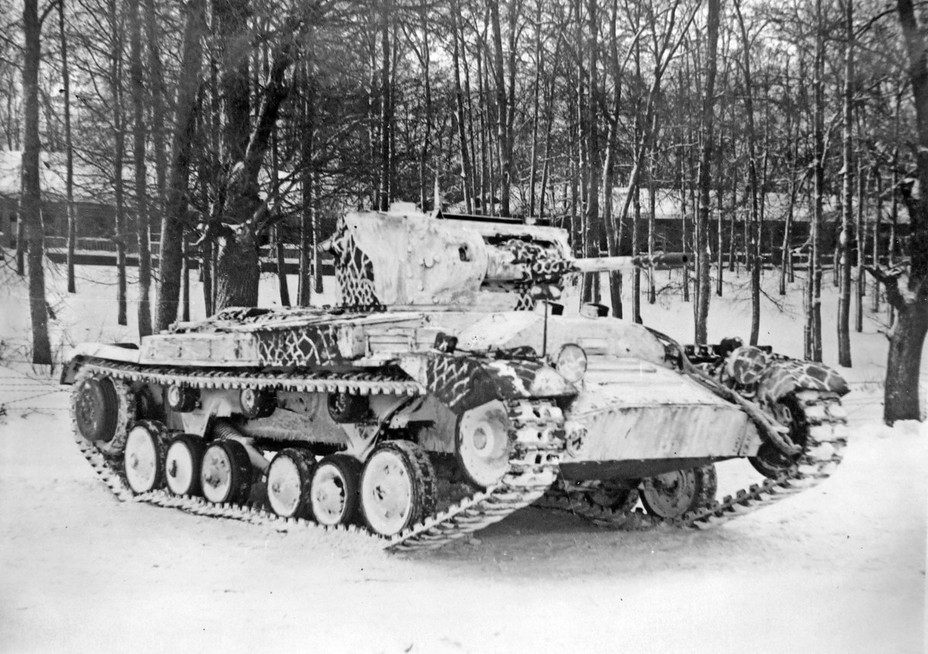
The 170th and 171st Independent Tank Battalions formed by the end of 1942. The 171st Battalion had 12 Matildas (6 of which had radios), 9 Valentines (all 9 with radios), and 10 T-60s. The tanks were organized according to type: the 1st company had Matildas, the 2nd had Valentines, the 3rd had T-60s. The Matilda crews only had 10 days of training with their vehicles, and the Valentine crews were not trained on them at all.
The 170th and 171st Battalions were assigned to the North-Western Front on December 20th, 1941, where they fought as a part of the 4th Shock Army. Before the fighting started, the 170th Battalion reported having 7 Matildas, 9 Valentines, and 10 T-60s. It would appear that the inexperienced drivers managed to break a few foreign tanks outside of battle.
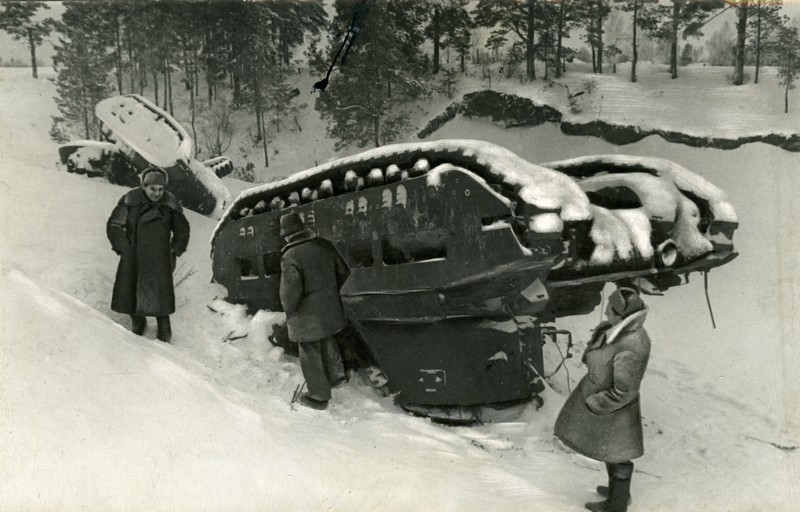
The 23rd Tank Brigade formed on December 12th. The 132nd Independent Tank Battalion with “two companies of English tanks and one company of T-60 tanks” was included in its ranks on December 14th. The brigade went into battle in support of the 133rd Rifle Division of the 49th Army near Serpukhov on December 15th. Here the T-60 demonstrated perhaps its only advantage over the British tanks. The 6 ton small tank could drive over ice where the 16 ton Valentines and 25 ton Matildas could not. Despite being pulled apart into individual companies, the 23rd Tank Brigade fought well. The brigade commander was fond of the British tanks. In his report, Colonel Belov wrote “The fire and maneuverability of the English tank make it a GOOD TANK, but it has a drawback: significant slipping of the tracks even on small slopes”. According to Colonel Belov, the crews handled their tanks well despite the brief period allotted for training.
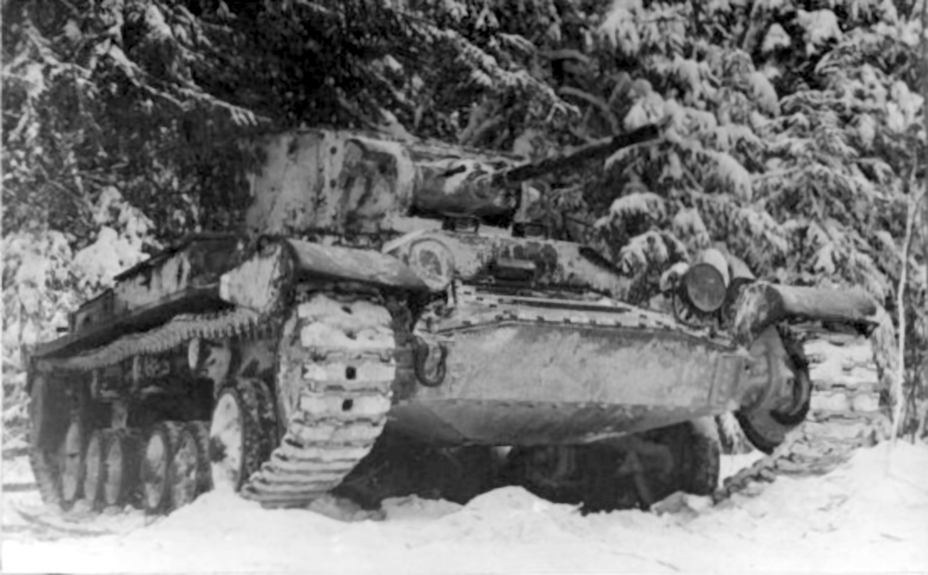
Belov put together a large report on the performance of his British tanks, which he sent to the Chief of Armoured Vehicles of the 49th Army on January 2nd, 1942. According to Belov, the Valentine, Matilda, and T-60 drove well on roads with packed snow. Off-road, in snow banks up to 40-45 cm deep, the Matilda could drive in 3rd gear and the Valentine in 1st and 2nd gear, which corresponded to a speed of about 5-6 kph. The T-60 could not drive in these conditions at all without assistance. Belov suggested sending these tanks to drive through forests, where the snow was not deeper than 25-30 cm.
Due to a lack of grousers, the Valentine and Matilda could only negotiate 20-25 degree slopes covered in ice, but the T-60 could not manage even that. The limit for the Soviet small tank was 15-20 degrees. The T-60 could also drive down a 30-35 degree slope moving in zig-zags.
The armament of the British vehicles did not receive as high of an evaluation. The guns worked well, but a lack of HE shells meant they could not be effectively used to combat enemy artillery and infantry. The machine guns jammed due to issues with the ammunition belts.
It took 100-120 L of fuel per day to keep a Matilda tank warm. A Valentine took 80-90 L and the T-60 took 70-80 L. All tanks used Soviet diesel fuel and M3S type oil. Belov noted that running the tanks to keep them warm reduced the lifespan of the engine. While it was possible to mitigate this with the T-60, a lack of manuals for the foreign tanks made maintenance difficult.
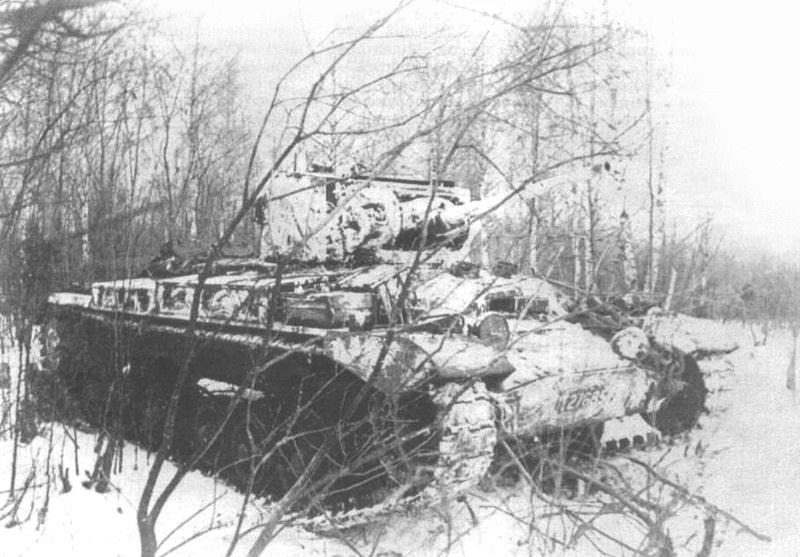
Despite the rushed organization of tank units armed with foreign tanks and very short time spent training crews, it took tanks a month and a half to two months between arrival and seeing front line service. The tanks that arrived in mid-October simply did not make it to the battlefield in time to fight in the defensive phase of the Battle of Moscow. There were very few of them on the front lines and it’s difficult to give them credit for any large impact on the defense of the Soviet capital.
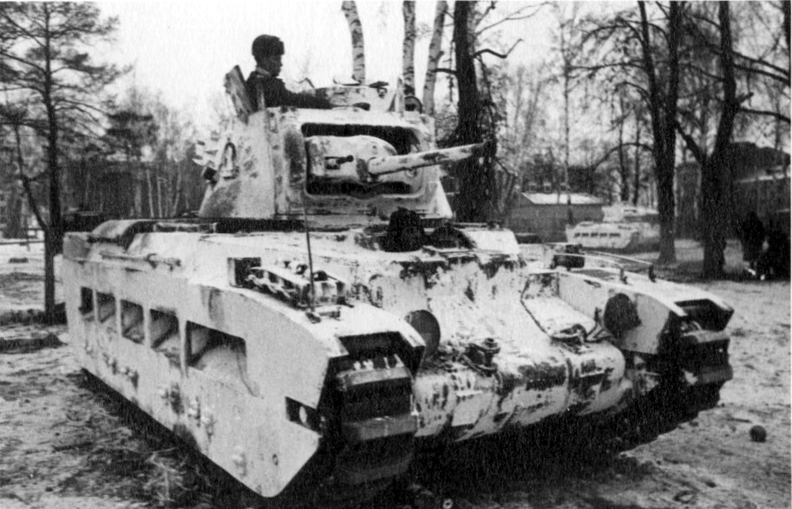
It’s also incorrect to call these deliveries useless. The few tanks that reached the battlefield were a welcome sight. Armoured vehicle enthusiasts often dismiss the Valentine and Matilda as inferior tanks. Indeed, their characteristics pale in comparison to those of the T-34 and KV tanks, and the specific features of this theatre of war were against them. British tanks were often damaged by the frost in transit, and they drove poorly in the deep snow and icy terrain of the Eastern Front. How could they compete with the T-34 that practically floated above the snow with its wide tracks and powerful engine? Unfortunately, this kind of comparison of characteristics on paper does not serve to illustrate reality. Soviet tankers were unlikely to get a T-34 or KV instead of a Valentine or a Matilda, but rather a T-30, T-40, or T-60. These tanks performed worse than the British ones in snow and ice. High speed was also not one of their virtues. The British tanks also had superior armament and armour to Soviet small tanks, although the lack of HE shells was a considerable drawback. The hurriedly trained drivers were also an issue, but the Red Army was having issues with skilled drivers for its own tanks as well. Overall, any plausible alternatives to using Matildas and Valentines were even worse. The first foreign tanks to arrive in the USSR may not have made a large contribution to the defense of Moscow, but they came in handy nevertheless.
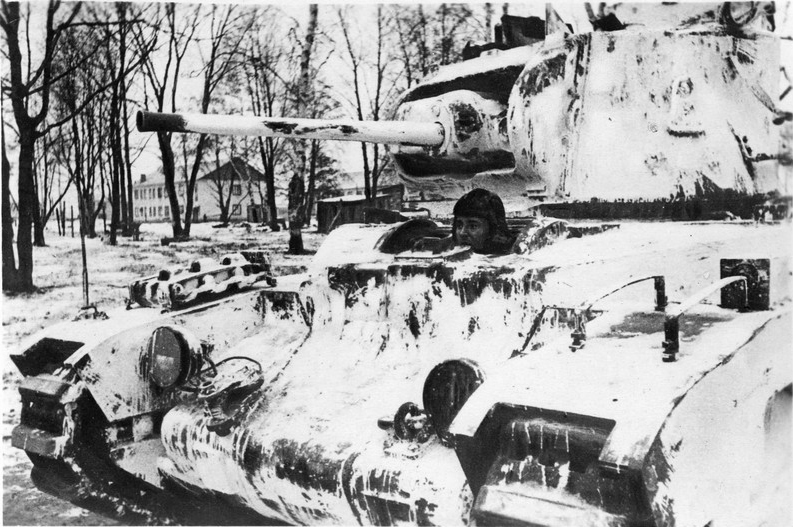
These tanks were the first of a torrent of foreign vehicles. Large deliveries began in the winter-spring of 1942, and in some places (specifically the North Caucasus) foreign tanks outnumbered Soviet-built ones. The USSR received over 4000 Matildas and Valentines. As the Red Army filled up with KVs and T-34s their advantages over the average Soviet tank waned, and the nearly 4000 Shermans obtained from the United States turned out to be a much better use of cargo space, but nevertheless in the winter of 1941-42 these were quite modern and useful fighting vehicles.
Sources:
- U.S. Statutes at Large, Volume 55 (1941-1942), 77th Congress, Session 1;
- Wartime International Agreements. Soviet Supply Protocols. Department of State Publication 2759, European Series 22;
- Documents from the archives of the Canadian Military Headquarters, London (1939–1947), RG 24 C 2;
- Documents from the National Archives of Great Britain;
- Mikhail Baryatinskiy, Tanki Lend-Liza v Boyu;
- Documents from the Central Archive of the Ministry of Defense of the Russian Federation;
- http://tankfront.ru/.







